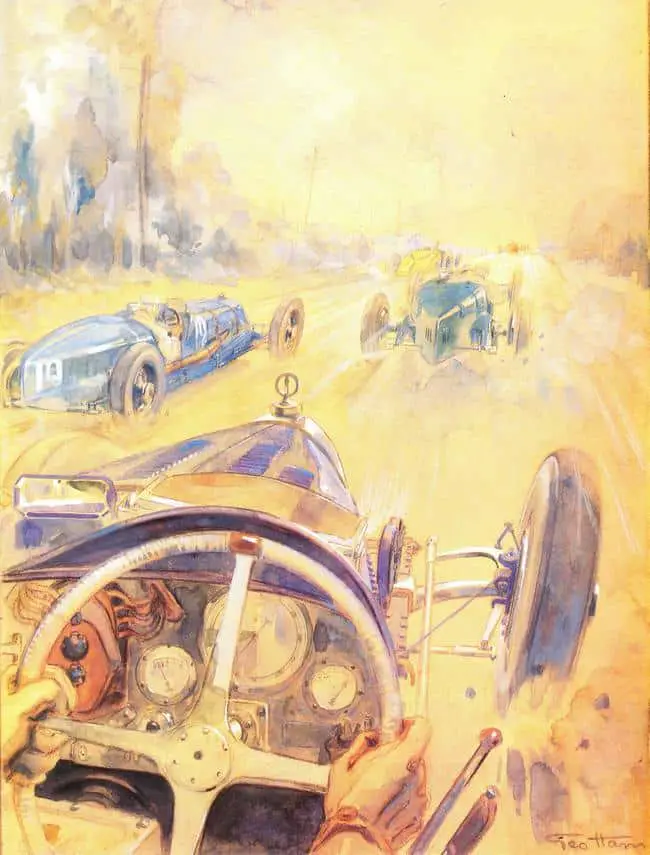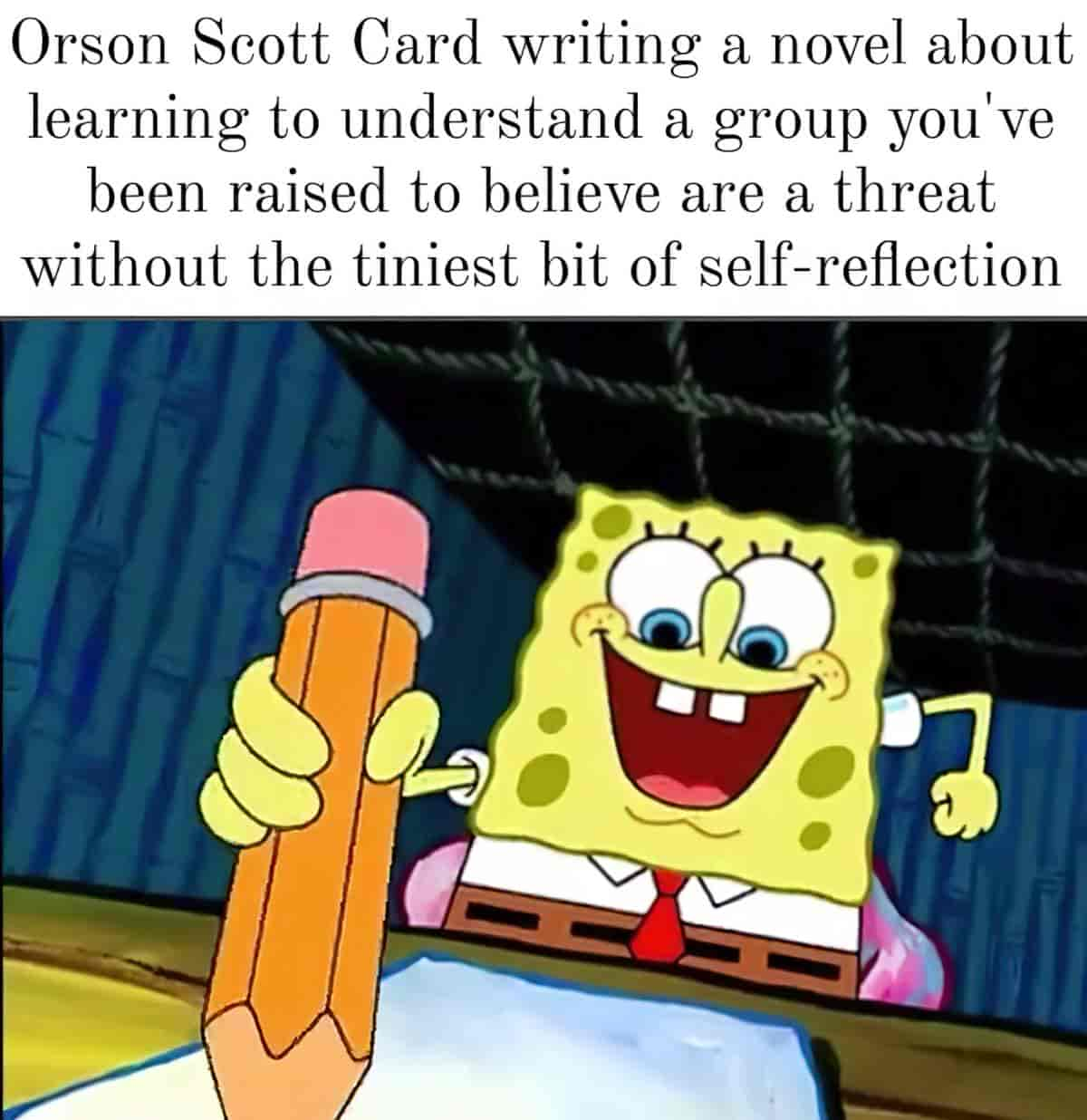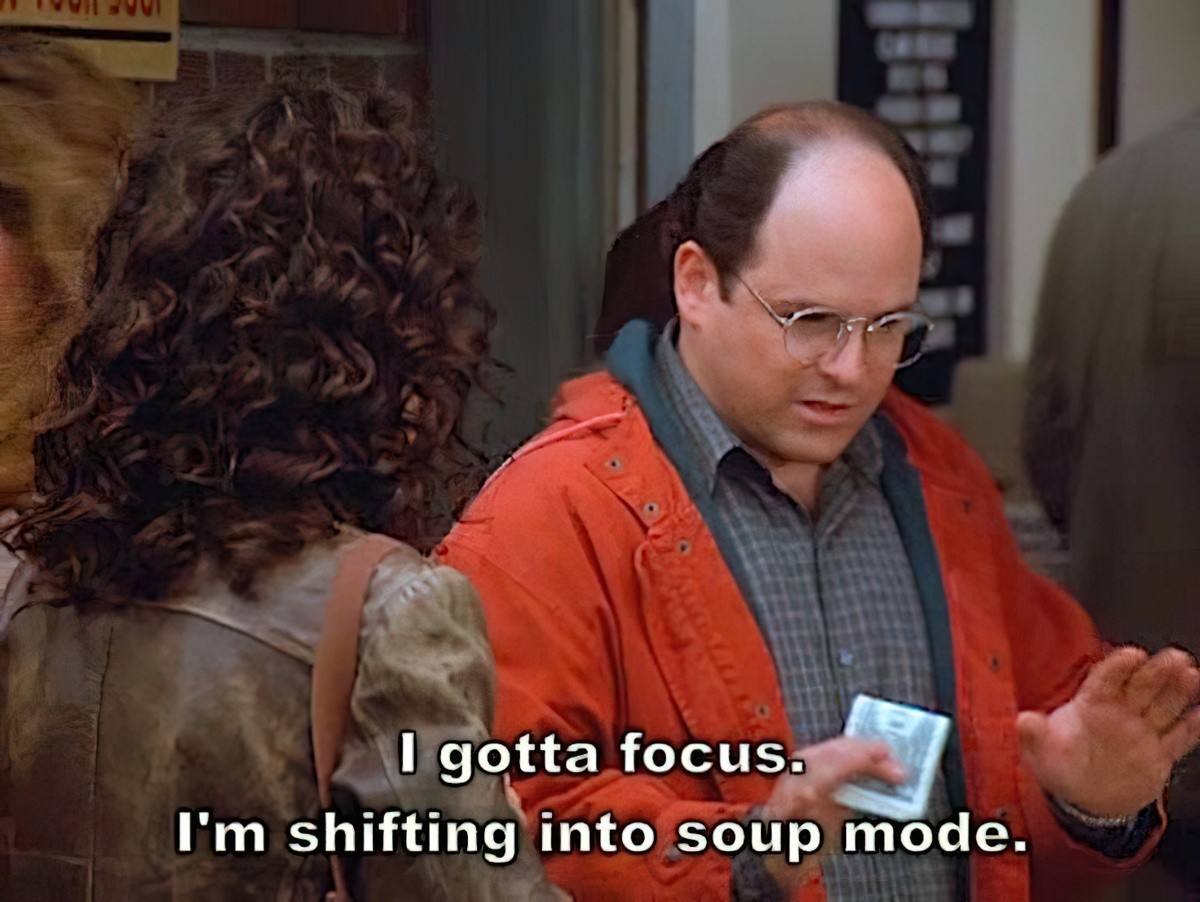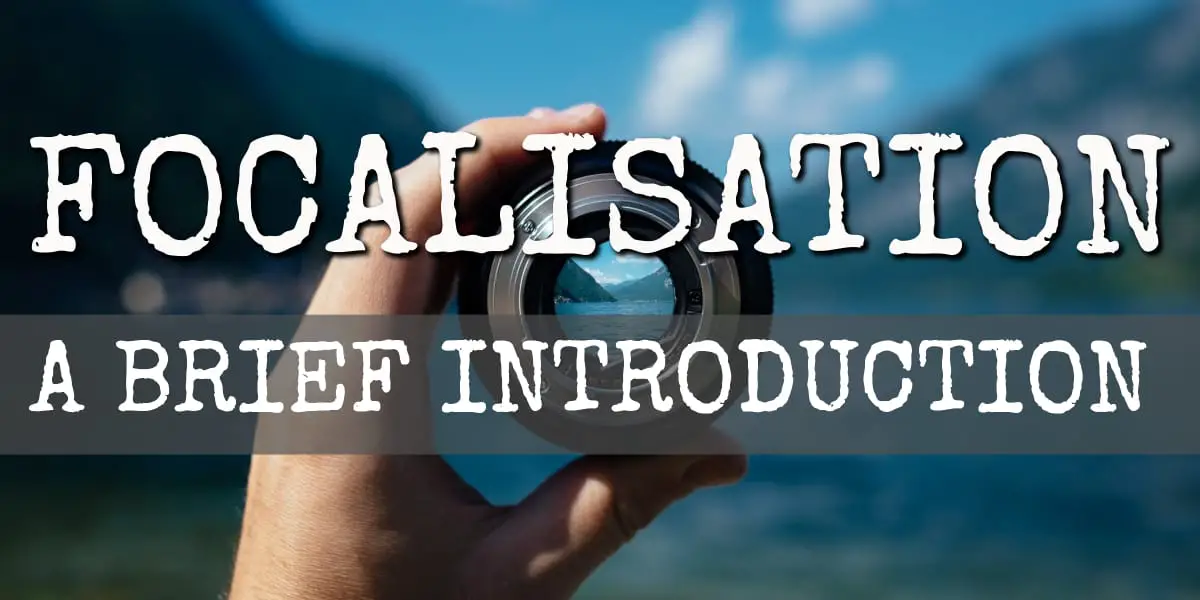Every narratologist has their own set of terminology. It gets a bit overwhelming. Pick and choose the terms that are useful; discard the rest. Here’s one way of looking at narration in stories. Focalisation comes courtesy of French narrative theorist, Gérard Genette.
When thinking about focalisation, we consider the following:
- Who speaks (narrative voice)
- Who sees (focalisation)
- Who is seen
Writers tend to think in terms of point of view, as in, “Do I write this story in first person or third person?”

That’s a big question and does the job, mostly. Orson Scott Card’s book on point of view is excellent (though the author himself is a renowned homophobe).

Paula B’s podcast on point of view is also excellent. Listen to that and you’ll know pretty much all you have to know in order to write a story.
That said, no matter how much you school up on ‘point of view’, the concept of ‘point of view’ will never distinguish between:
- narrative voice
- focalisation
And ‘focalisation’ can be important.
TYPES OF FOCALISERS
Focalisation refers to who is doing the seeing. Who sees the story (in order to report back on it)?
External Focalisers
- External focalisers exist outside the story.
- They are also known as ‘narrator focalisers’ or, to writers, simply as ‘narrators’, because the focus of perception seems to be that of someone narrating the story.
Internal Focalisers
- Perception of the story comes to the audience via a character in a story.
- In narratology these are known as ‘character focalisers’.
You may have heard different terminology to describe these aspects — extradiegetic vs intradiegetic, anyone? Diegesis (vs. mimesis) has been discussed since Aristotle’s time.
Anyway, back to focalising. Let’s focus.

WHAT’S THE DIFFERENCE BETWEEN A FOCALISER AND A NARRATOR?
- A narrator is the character telling the story.
- The focaliser is the character who ‘sees’ the story taking place.
- A focaliser is not necessarily a narrator. Contemporary adult fiction is often written in ‘close third person’. That third person is not a narrator, but they are the focaliser. The narrator in a close third person story isn’t necessarily even noticed by the reader. They are most often invisible, or conflated with ‘the author’.
- But does it work the other way around? Is a narrator always a focaliser? Nope. The narrator can choose to tell a story through a certain character’s point of view, effectively functioning in the same way as an author does.
- Narration tends to be more fixed. Even in a book with multiple narrators, authors will usually telegraph when they’re switching narrators, e.g. by alternating chapters. But when it comes to ‘focalisation’, focalising can shift almost imperceptibly over the course of a single paragraph, moving like a camera on a dolly, first offering a wide shot, zooming closer for the long shot, in closer for a head shot. We see a character looking at a cake, then the camera zooms in on the cake. At that point, if we’re ‘seeing’ the cake from a particular character’s point of view, then they are the focalising character.
- The Great Gatsby is often used as an example in discussions of narration. Written in first person point of view from the perspective of Nick Carraway, the story is told through his voice but his extreme focus on Gatsby means that Gatsby is the focaliser. (We might also say that Gatsby is the ‘main character‘, but that’s a little different again.) Not all the chapters in The Great Gatsby use Gatsby as the focaliser. Gatsby is the focaliser when Nick Carraway goes into his backstory.
THE HEAD HOPPING CHESTNUT OF WRITING GROUPS
One thing I’ve noticed about writing groups is the tendency to search for head-hopping, and some search for violations of point-of-view as voraciously as they hunt down spelling errors and inconsistent syntax.
There’s nothing wrong with this kind of critique – fussy ones, I mean. Genuine cases of head-hopping need to be fixed in a later draft. But I think the criticism of ‘head-hopping’ is regularly misapplied.
Consider the following passage, from Revolutionary Road (Richard Yates). April and Frank Wheeler have just decided to go to France. This is a description of the new household. We start in Frank Wheeler’s head:
…sometimes late at night when his throat had gone sore and his eyes hot from talking, when he hunched his shoulders and set his jaw and pulled his necktie loose and let it hang like a rope, [1] he could glare at the window and see the brave beginnings of a personage.
[2] It was a strange time for the children, too. [3] What exactly did going to France in the fall mean? And why did their mother keep insisting it was going to be fun, as if daring them to doubt it? For that matter, why was she so funny about a lot of things. [4] In the afternoons she would hug them and ask them questions in a rush of ebullience that suggested Christmas Eve, and then a minute later she’d be saying “Yes darling, but don’t talk quite so much, okay? Give Mommy a break.”
[5] Nor did their father’s homecoming do much to help: He might throw them high in the air and give them airplane rides around the house until they were dizzy, but only after having failed to see them altogether during the disturbingly long time it took him to greet their mother at the kitchen door. And the talking at dinner: It was hopeless for either child to try and get a word in edgewise. [6] Michael found he could jiggle in his chair, repeat baby words over and over in a shrill idiot’s monotone or stuff his mouth with mashed potato and hang his jaws open, all without any adult reproof; Jennifer would sit very straight at the table and refuse to look at him, feigning great interest in whatever her parents were saying, though afterwards, waiting for bedtime, she would sometimes go off quietly by herself and suck her thumb.
[1] Yates’ novel is about Frank — the narration is told through Frank Wheeler’s eyes. In other words, Frank is the focaliser. But if you’ve seen the movie you’ll know that Sam Mendes decided to give quite a bit more air-time to the character of April. If we imagine the novel, too, as a series of camera shots, Richard Yates sometimes moves his ‘camera’ outside Frank’s head, higher in the ceiling, looking down upon a scene to capture it in a new light. At [1] we are definitely in Frank’s head.
[2] marks the shift from close third-person to true omniscient narration. Yates is about to explore this familial experience as it was for the children. But are we actually inside their heads? No, I don’t think so. To move inside their heads, telling the story from the children’s point of view would be a true case of head-hopping. Instead, Yates simply pans out, to a scene which includes the children as well as Frank.
[3] This question is very definitely inside the children’s heads. Or is it? Is this what Frank imagines his children to be thinking? Is this what the young Frank would have thought himself, if he were in his own children’s shoes?
[4] Here we touch upon a small injustice: Even though April involves her children in her own excitement, she doesn’t want to hear them get excited. I’m sure the children would have felt this injustice — children always do — but would they have been able to articulate it? This observation — picked because of its irony — is either the observation of Frank, looking on from afar, or of an omniscient narrator.
[5] Again, even though Frank is here referred to as ‘their father’, this observation could well come from Frank himself, in the kind of hindsight that follows much reflection. Are we to take as a given that novels written in the past tense are the product of much reflection and insight, whether that be from the character or some unnamed narrator? It think this is the main benefit of writing in past-tense (as opposed to present tense), or rather, that is one limit of writing in present-tense; that the narrator does not have the benefit of hindsight, so opportunities for philosophical musing are lost.
[6] Now we are ostensibly inside Michael’s head, but this is really the observation of Frank himself (in hindsight) or of the omniscient narrator.
Yates’ scene may, upon critical inspection, seem to break the Rules of Point Of View, but no one could argue he didn’t know exactly what he was doing. The reader glides smoothly from one character to another. This adds variety to the narrative method and insight into the Wheeler’s family life. Switching from close third-person to omniscient narration is not easy to get right, but if writers timidly avoid it, these advantages are lost.
Take-home points:
- When a writer ‘pans out’ in order to convey a wider scene, this is not a case of head-hopping. Changing focalisation is a widely used technique.
- Deviation into the heads of minor characters is not always head-hopping. The writer may be making deliberate use of temporary omniscient narration. Perhaps we are still inside the narrator’s head, witnessing a scene in its entirely with the benefit of hindsight, even though it doesn’t seem like this at line-level (as in the dip into Michael’s head, above).
- The rules of head-hopping are actually more pliable than many writing guides suggest. We should be wary of pouncing upon head-hopping in other writers’ drafts – as well as when editing our own – because there is really only one question to ask: Does it work?
- Bear in mind that modern readers seem to have a much lower tolerance for switches in focalisation. Take this article for instance, in which Peter Selgin says the deadliest first page sin is when the point of view is slippery. So if we’re going to play with focalisation and would like to get published traditionally, it’s probably best we don’t do it on the very first page. I do wonder what has led to this shift, and I think it might be TV and film. Audiences are so used to ‘seeing’ stories through a camera that it affects the way we read novels. We all have these little movies playing in our heads now. This is just a theory and I have no idea if it’s true, because I don’t know how readers ‘saw’ novels 100 years ago.

